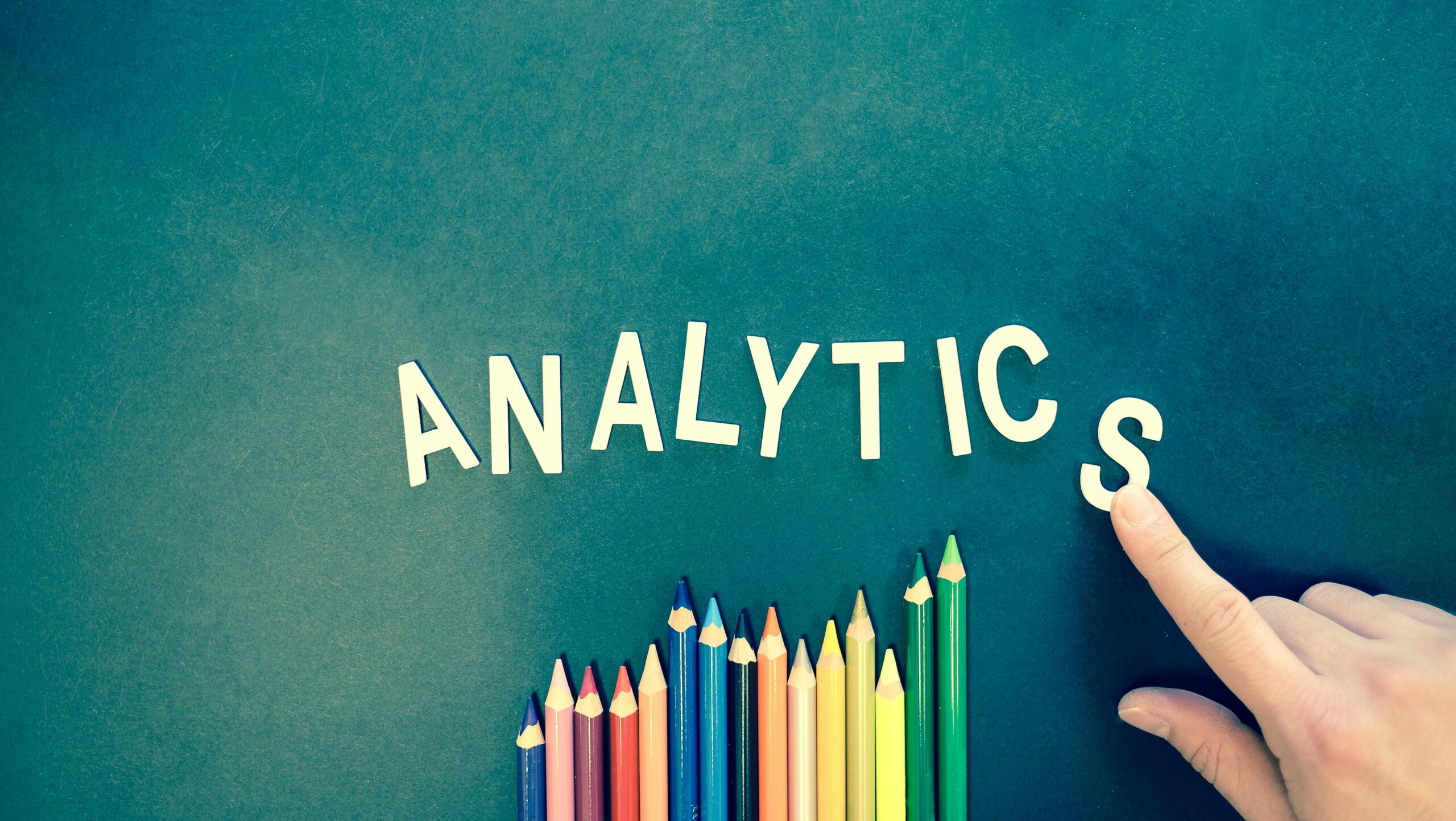Análisis Web y Estrategias de Marketing: Adobe Analytics y los Enfoques de Kotler
En el mundo del marketing digital y la analítica web, las herramientas y las estrategias desempeñan un papel fundamental para que las empresas puedan comprender el comportamiento de sus clientes y optimizar sus campañas. Dos conceptos clave en este campo son Adobe Analytics, una potente plataforma de análisis web, y las estrategias de marketing de Kotler, que ofrecen un marco teórico para entender cómo posicionar y promover productos en el mercado. En este artículo exploraremos qué es Adobe Analytics, cómo aprovechar un curso de esta herramienta y cómo integrar las estrategias de Kotler en las campañas digitales utilizando técnicas como la selección de palabras clave en Word.
¿Qué es Adobe Analytics?
Adobe Analytics es una plataforma de análisis de datos que permite a las empresas recopilar, medir y analizar el comportamiento de los usuarios en sus páginas web y aplicaciones. Esta herramienta es utilizada principalmente por grandes empresas que necesitan una solución avanzada para obtener información detallada sobre sus clientes y optimizar la experiencia del usuario.
A diferencia de otras herramientas de análisis web, como Google Analytics, Adobe Analytics ofrece funciones más personalizables y potentes. Por ejemplo, permite realizar un seguimiento en tiempo real del comportamiento del usuario, identificar patrones de consumo y segmentar audiencias de manera más precisa. Además, la plataforma puede integrarse con otras herramientas del ecosistema de Adobe, lo que la convierte en una solución ideal para campañas de marketing multicanal.
Un curso de Adobe Analytics es altamente recomendado para profesionales del marketing que desean sacar el máximo provecho de esta herramienta. Los cursos suelen incluir formación sobre cómo configurar proyectos, interpretar los datos y aplicar los insights obtenidos para mejorar las campañas de marketing. También enseñan a utilizar las funciones avanzadas de la plataforma, como la creación de paneles personalizados y la segmentación de audiencias.
Curso de Adobe Analytics: ¿Por qué es Importante?
Realizar un curso de Adobe Analytics permite a los profesionales adquirir conocimientos técnicos y prácticos sobre el uso de la plataforma. Estos cursos están diseñados para ayudar a los analistas de datos, responsables de marketing y directores de proyectos a comprender cómo recopilar e interpretar los datos de sus clientes para tomar decisiones basadas en información real.
Un curso típico incluye temas como:
- Configuración de Adobe Analytics.
- Definición de métricas y dimensiones personalizadas.
- Segmentación de audiencias y análisis avanzado.
- Creación de informes personalizados.
- Integración con otras herramientas de marketing digital.
El conocimiento obtenido en estos cursos permite a las empresas optimizar sus campañas digitales, mejorar la experiencia del usuario y aumentar la conversión de sus páginas web. En un mundo donde los datos son clave, contar con una herramienta tan potente como Adobe Analytics puede marcar la diferencia en la estrategia digital de una empresa.
Estrategias de Kotler: La Base del Marketing Moderno
Philip Kotler es considerado el „padre del marketing moderno“. Sus teorías y enfoques han sido adoptados por empresas de todo el mundo para desarrollar estrategias efectivas de marketing. Las estrategias de Kotler se centran en entender las necesidades del cliente, segmentar el mercado y posicionar productos de manera efectiva.
Entre las principales estrategias de Kotler se encuentran:
- Segmentación del mercado: Dividir el mercado en grupos más pequeños con características y necesidades similares.
- Posicionamiento del producto: Crear una imagen única del producto en la mente del consumidor.
- Marketing mix (las 4 Ps): Producto, Precio, Plaza y Promoción. Estos son los pilares fundamentales de cualquier estrategia de marketing.
Cuando se combinan las estrategias de Kotler con herramientas de análisis como Adobe Analytics, las empresas pueden identificar mejor a sus clientes, entender sus comportamientos y adaptar sus campañas para satisfacer las necesidades específicas de cada segmento de mercado.
La Importancia de las Palabras Clave en Word y la Optimización de Contenido
Una parte crucial de cualquier estrategia de marketing digital es la selección de palabras clave. Utilizar herramientas como Word para identificar las palabras clave relevantes es fundamental para asegurar que el contenido esté optimizado para los motores de búsqueda.
Las palabras clave son términos que los usuarios buscan en Google u otros motores de búsqueda. Por ejemplo, si una empresa ofrece cursos de Adobe Analytics, debe asegurarse de que en su contenido aparezcan palabras clave como:
- „adobe analytics que es“.
- „curso adobe analytics“.
- „estrategias de Kotler“.
Además, las palabras clave deben integrarse de manera natural en el texto para evitar penalizaciones por parte de los motores de búsqueda. La optimización del contenido con palabras clave relevantes ayuda a mejorar el posicionamiento SEO y aumenta las posibilidades de que los usuarios encuentren la página web de la empresa.
Conclusión: La Combinación Perfecta entre Análisis y Estrategia
En el entorno digital actual, la combinación de una herramienta avanzada de análisis como Adobe Analytics con las estrategias de Kotler puede marcar la diferencia en el éxito de una campaña de marketing. Mientras Adobe Analytics proporciona datos valiosos sobre el comportamiento de los usuarios, las estrategias de Kotler ofrecen el marco necesario para segmentar, posicionar y promocionar productos de manera efectiva.
Además, la correcta selección de palabras clave en Word y su integración en los contenidos digitales son esenciales para mejorar el posicionamiento SEO y asegurar que las campañas lleguen al público adecuado. Las empresas que deseen destacarse en el competitivo mundo digital deben aprovechar estas herramientas y enfoques para optimizar sus estrategias y maximizar sus resultados.
